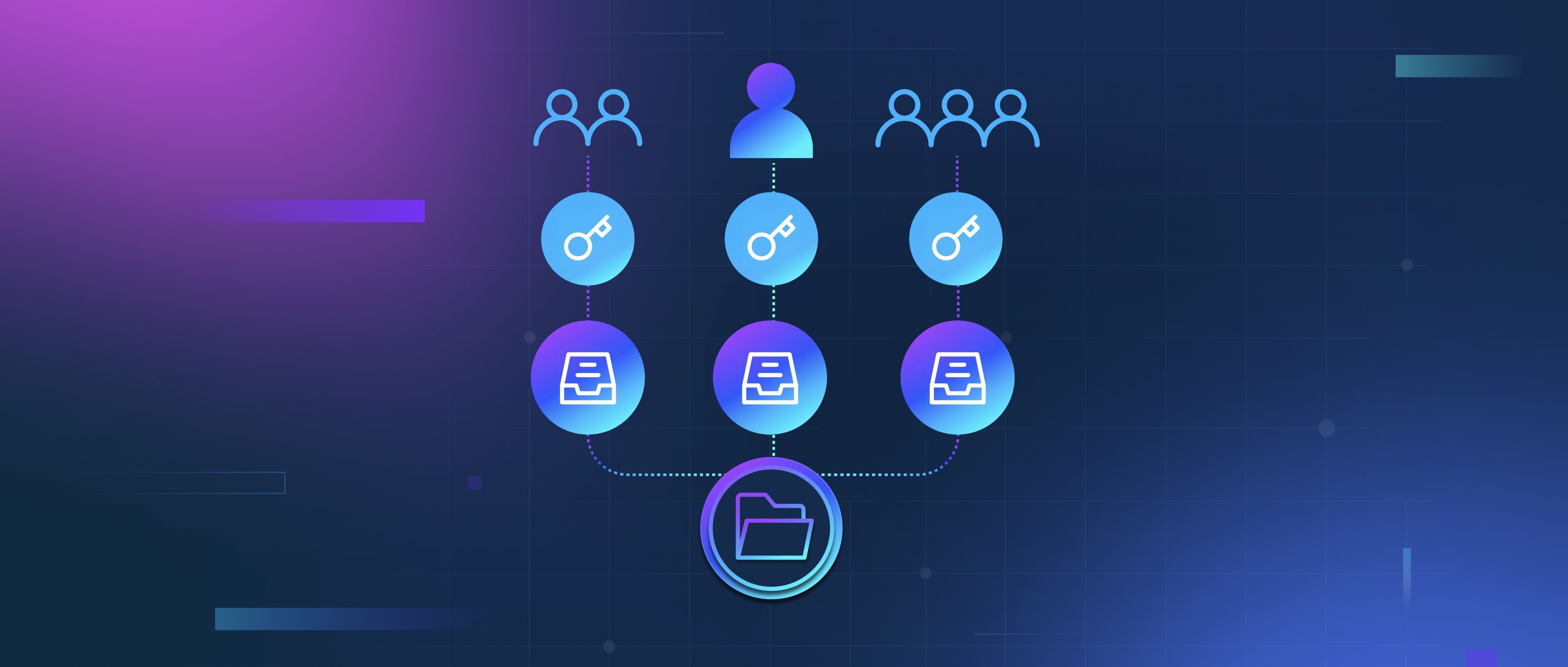Creating dynamic workflows in LangChain involves the use of a combination of components that allow you to build adaptive, responsive applications. The central idea of a dynamic workflow is that it can change based on user input or other external conditions, rather than following a fixed path. To achieve this in LangChain, you would typically employ chains, agents, and triggers to craft workflows that adapt as needed.
First, you begin by defining your primary tasks using LangChain’s chains. A chain is a sequence of operations that processes input to produce an output. For instance, you might create a chain that accepts user queries, passes them to a language model for understanding, and then routes the output to a specific function based on the query type. You can make this dynamic by using control structures that check for certain conditions in user input, allowing the workflow to branch into different chains based on the outcome. For example, if a user asks about product recommendations, the workflow could direct the query to a specific chain that handles e-commerce interactions.
Next, you can integrate agents into your workflow. Agents in LangChain can act autonomously based on input they receive, making decisions about which chain to execute. You could configure an agent that listens for certain keywords or phrases, responding differently depending on the context. For instance, if a user mentions "weather," the agent could trigger a weather information chain, while mentioning "news" could lead to a different chain focused on current events. This ability to respond to real-time inputs grants considerable flexibility and allows your application to provide tailored responses effectively. By combining chains and agents, you can create a robust dynamic workflow in LangChain that enhances user experiences.
